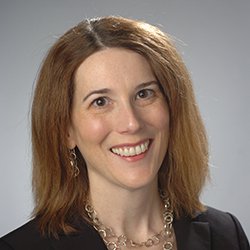
Amanda Eubanks Winkler was interviewed by Michael Donnay for the History of Education Society, UK Podcast “Passing Notes.” The History of Education Society UK podcast features interviews, ideas, thought-provoking discussions, collaborations, and publications from across the field of the history of education and beyond. Drawing on material from her recent book, Music, Dance, and Drama in Early Modern English Schools (Cambridge University Press, 2020), Eubanks Winkler described how performance was used as a tool of education in the early modern schoolroom. She also reflected on how her own experience with practice-based research shaped her analysis. A transcript of the episode is available at the History of Education Society website. The podcast can be listened to here.
Here's a small taster of their conversation:
Michael Donnay
And when you talk about those educational spaces in that performance, what kinds of performance and what kinds of spaces is your book looking at?
Amanda Eubanks Winkler
Right, so I’m looking at grammar schools. And in my archival research, I did see that in some grammar schools, both boys and girls attended, which is interesting. Boarding schools for girls, as well, which became increasingly important over the course of the 17th century. Academies – these were schools that you paid to attend, and that would teach you a set of skills to make you a polished person. Sometimes they were based on a French model, and could combine things like military training of various kinds with dance and performance, which seems kind of idiosyncratic, but it was the thing. Charity schools – schools that were educating orphans or poor children, but not exclusively from that demographic. But schools that were set up as charity schools. A famous one, of course, is Christ’s Hospital. And so those are the different kinds of schools that I’m looking at.
And I’m also interested in how spaces or performance spaces that were outside the school intersected with the schoolroom. So this could happen through the bodies of personnel who worked perhaps both in the theatre or at court, but also had a side gig working at a school. It could also be just the fact that there were certain perceptions of the act of performance, for example, the professional stage that bled into people’s perceptions of how performance functioned in the schoolroom. There was also a desire at some of these schools to have prestige. So in some ways, they were recapitulating certain kinds of courtly performance in the schoolroom space to align themselves with court. And also, of course, religious instruction – how sacred musical or performative practices informed what was done at school, and how that became a form of religious instruction and indoctrination.
